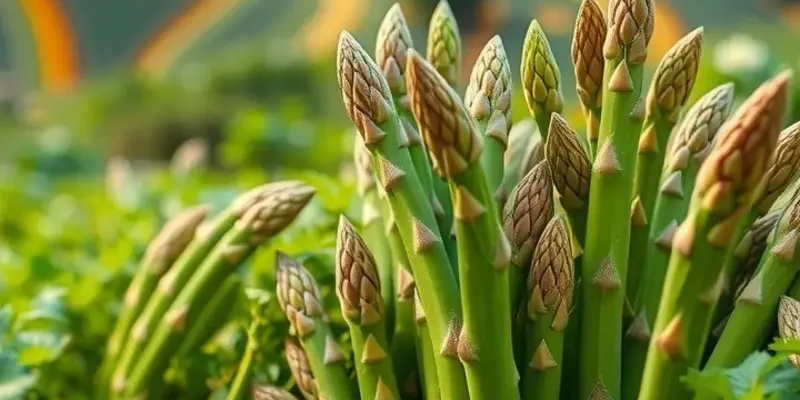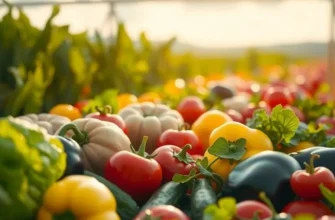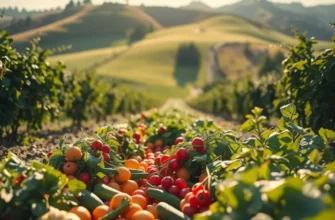Asparagus is a versatile vegetable that can elevate any dish. Whether you’re grilling, roasting, or steaming, knowing how to cook asparagus effectively enhances its flavor and texture. This guide aims to equip home cooks with practical techniques to confidently prepare asparagus, making it a delightful addition to your meals. With clear steps and easy-to-follow tips, you’ll soon be mastering this healthy green vegetable.
The Basics of Preparing Asparagus
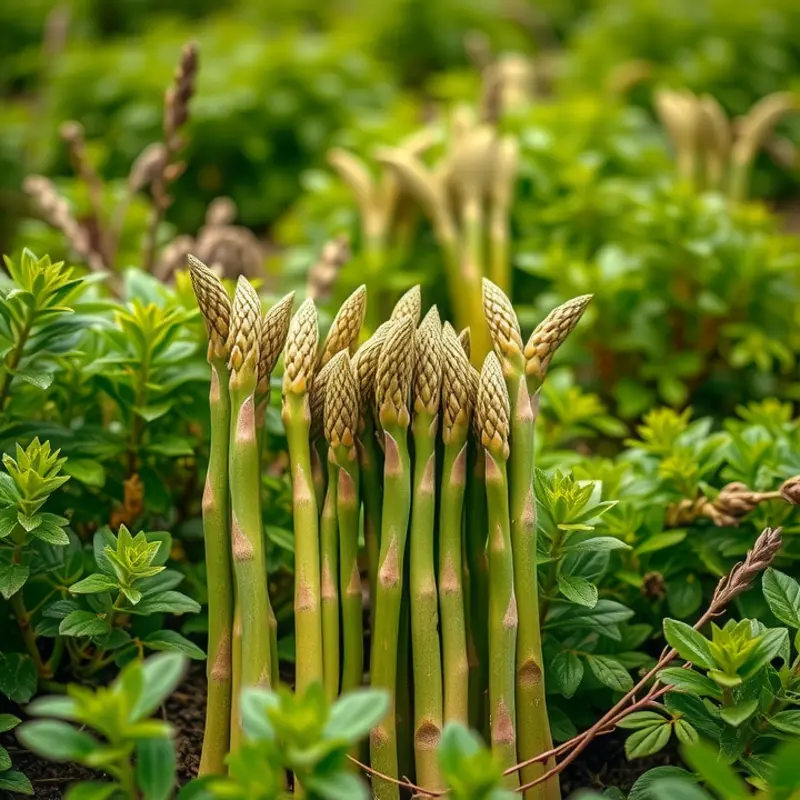
Selecting asparagus begins at the market. Look for stalks that are vibrant green or purplish with closed tips. These are indicators of freshness and quality. The stalks should be firm and stand upright, a sign they have not dried out.
White asparagus, common in Europe, is cultivated in darkness to prevent photosynthesis. It’s milder in flavor. Purple asparagus, though less common, has a nuttier taste. Each variety brings its own character to dishes, making selection a vital step.
Before cooking, washing your asparagus thoroughly is crucial. Rinse the stalks under cool water to remove any grit or pesticides. Organic options are available for those concerned about chemical residues, supporting healthy and sustainable eating practices.
Trimming asparagus ensures your dish free from woody ends. Snap one stalk to find where it naturally breaks, then use that as a guide for the rest. Alternatively, trim about an inch from the bottom with a knife. This step enhances texture and taste.
Storage is key to keeping asparagus fresh. Stand the stalks upright in a container with an inch of water, covering the tips with a plastic bag. This mimics their natural growing environment, maintaining their moisture.
Alternatively, wrap them in a damp towel and store them in the crisper drawer of your refrigerator. Proper storage preserves flavor and nutrients, aiding in both taste and health.
For more eco-smart storage solutions, explore Eco-Smart Kitchen Storage, which offers insights on sustainable food storage methods.
Now that you’ve selected, washed, trimmed, and stored your asparagus properly, you are set to cook with confidence. These steps may seem basic, but they lay the groundwork for delicious asparagus dishes. The intricacies of preparation ensure that when you cook, your efforts result in flavorful, tender spears every time.
Mastering Cooking Techniques for Asparagus
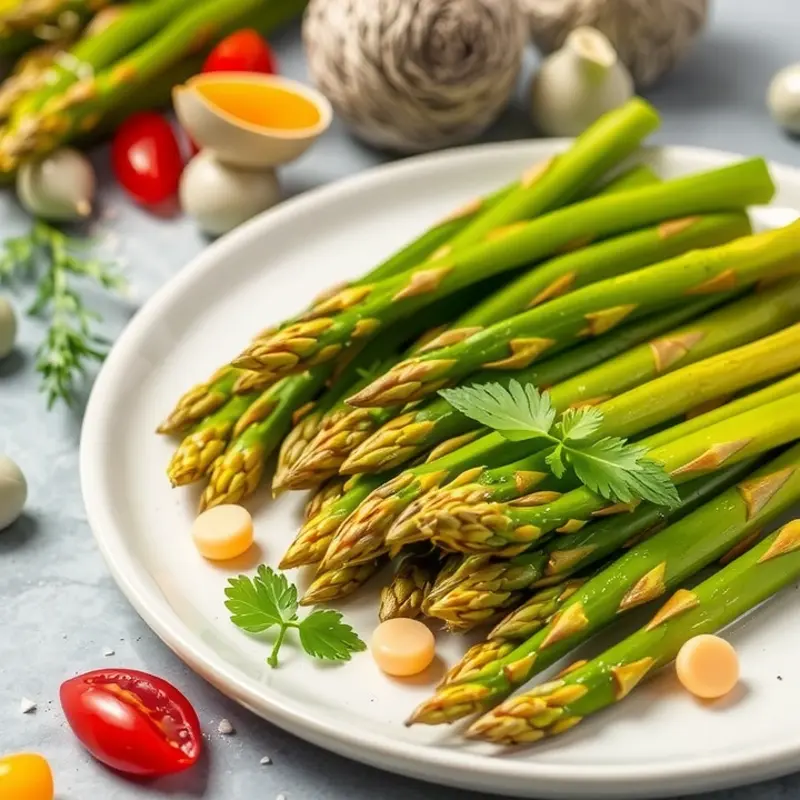
Achieving that perfect balance of flavor and texture in asparagus can be a delightful culinary journey. Let’s explore a variety of methods to enhance your asparagus dishes, whether as a vibrant addition to salads or a standalone appetizer that grabs attention.
Grilling
Grilling asparagus brings out a smoky essence that pairs beautifully with its natural sweetness. To start, preheat your grill to medium-high. Trim the woody ends of the asparagus, and toss them in olive oil, salt, and pepper. Arrange the spears crosswise on the grates to prevent them from falling through. Grill for 6-8 minutes, turning frequently until tender and charred. Finish with a squeeze of lemon juice or a sprinkle of parmesan for extra zing.
Roasting
Roasting is exquisite for intensifying asparagus’ earthy flavors. Preheat your oven to 425°F (220°C). After trimming, spread the asparagus in a single layer on a baking sheet. Drizzle with olive oil and season with salt, pepper, and garlic powder. Roast for 12-15 minutes, tossing halfway, until the spears are tender and slightly caramelized. Consider an addition of balsamic glaze or toasted nuts for an elegant touch.
Sautéing
A quick sauté is ideal for a simple yet delicious side. Heat a tablespoon of butter or oil in a pan over medium heat. Add cleaned and trimmed asparagus, and sauté for 5-8 minutes. Stir occasionally until the spears are bright green and just tender. For extra flavor, throw in minced garlic or shallots halfway through cooking.
Steaming
Steaming preserves asparagus’ vibrant color and nutrients, offering a clean and subtle flavor. Start by bringing water to a boil in a pot with a steamer basket. Place the asparagus in the basket, cover, and steam for 3-5 minutes until bright green and tender-crisp. Immediately transfer to an ice bath to stop cooking and set the color. A dash of lemon zest or a sprinkle of herbs can enhance the final dish. For those conscious of sustainability in the kitchen, exploring eco-smart kitchen storage can complement these preparations by reducing waste and maximizing shelf life.
Regardless of the method, the key to perfect asparagus lies in controlling the cooking time to maintain its natural texture and nutrients. By mastering these techniques, you ensure that asparagus will always steal the show in your culinary creations.
Final words
Cooking asparagus can be a fun and rewarding experience, as it adds vibrant color and nutrition to your meals. By mastering the preparation and cooking techniques outlined above, you’ll find it easy to incorporate this delicious vegetable into a variety of dishes. Whether you opt for a simple steam, a robust grill, or an oven roast, remember that the key lies in understanding the asparagus and respecting its cooking time. So, go ahead, unleash your creativity in the kitchen, and enjoy the fresh flavors of perfectly cooked asparagus!

